
Uses
The formation of magnesium stearate can be made by combining magnesium and stearic acid, and this acid is present in popular foods like coconut, cocoa, grains, milk products, butter, eggs, meat, fish, poultry and many other similar items. The variants of this acid are used for the production of softening rubber, cosmetics, oil pastels, dietary supplements, plastics, softening soaps (when made with the use of vegetable oil) and candles.
Side Effects
This low to moderate hazard substance can even lead to cancer, which was confirmed by several studies. Some of the other possible side effects of stearic acid are skin irritation, organ toxicity and neurotoxicity problems. The stearic acid can have unwanted effects on the respiratory system, nervous system and brain, and this was seen in studies conducted on animals. Also, skin irritation was detected. The cancer may result from the use of this acid due to the presence of mutation of mammalian cells detected during the studies. But apart from the skin irritation, which is a more common side effect, this acid is considered mild and safe substance. The fact that this acid is made in the slaughterhouse makes it perfect for the animal lovers to make the fuss about this following issue. These animal lovers claim that the fat cells are taken and then concentrated in order to make the stearic acid. The hydrogenation of the palm or cottonseed oil used for the creation of the magnesium stearate is a possibility that some are implying to. Some say that magnesium stearate is made with one of these oils and stearic acid. But the problem emerges due to the presence of pesticide in the cottonseed oil, which is the highest among all commercial oils. This will lead to the nutrient absorption delay and even liver toxicity if the magnesium stearate is used in greater dosages. These side effects are not yet confirmed, but try to use products and soaps that are low on animal derivate and preservatives.
- www.cdc.gov/niosh/ipcsneng/neng0568.html
- www.who.int/dietphysicalactivity/media/en/gsfao_cmo_068.pdf
- Photo courtesy of Adam Ru0119dzikowski by Wikimedia Commons: commons.wikimedia.org/wiki/File:Stearic_acid_sample.jpg





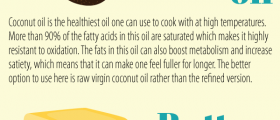
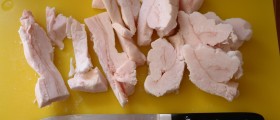
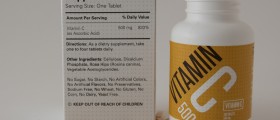



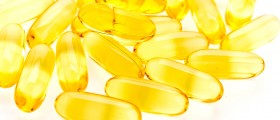


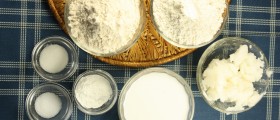


Your thoughts on this
Loading...